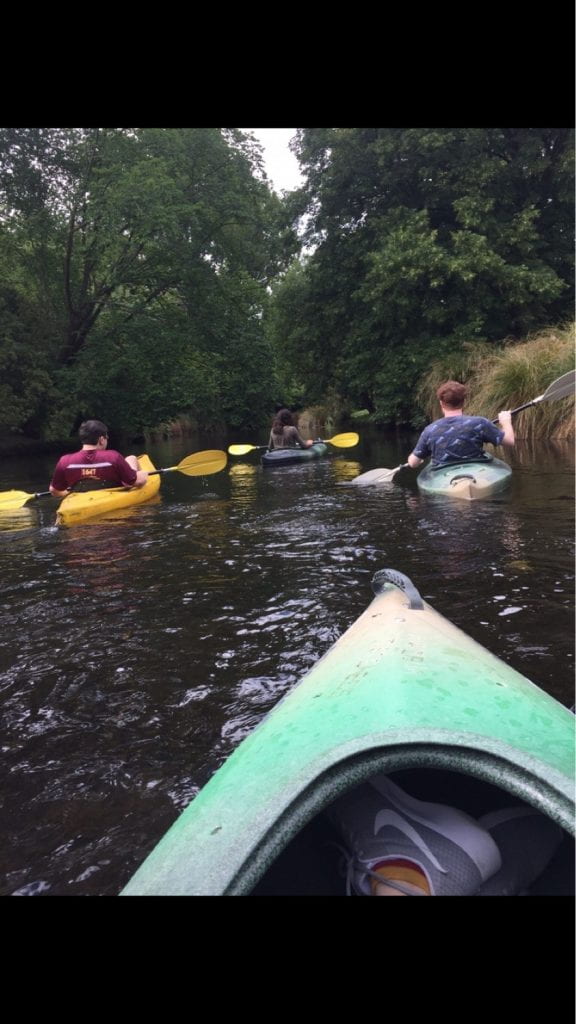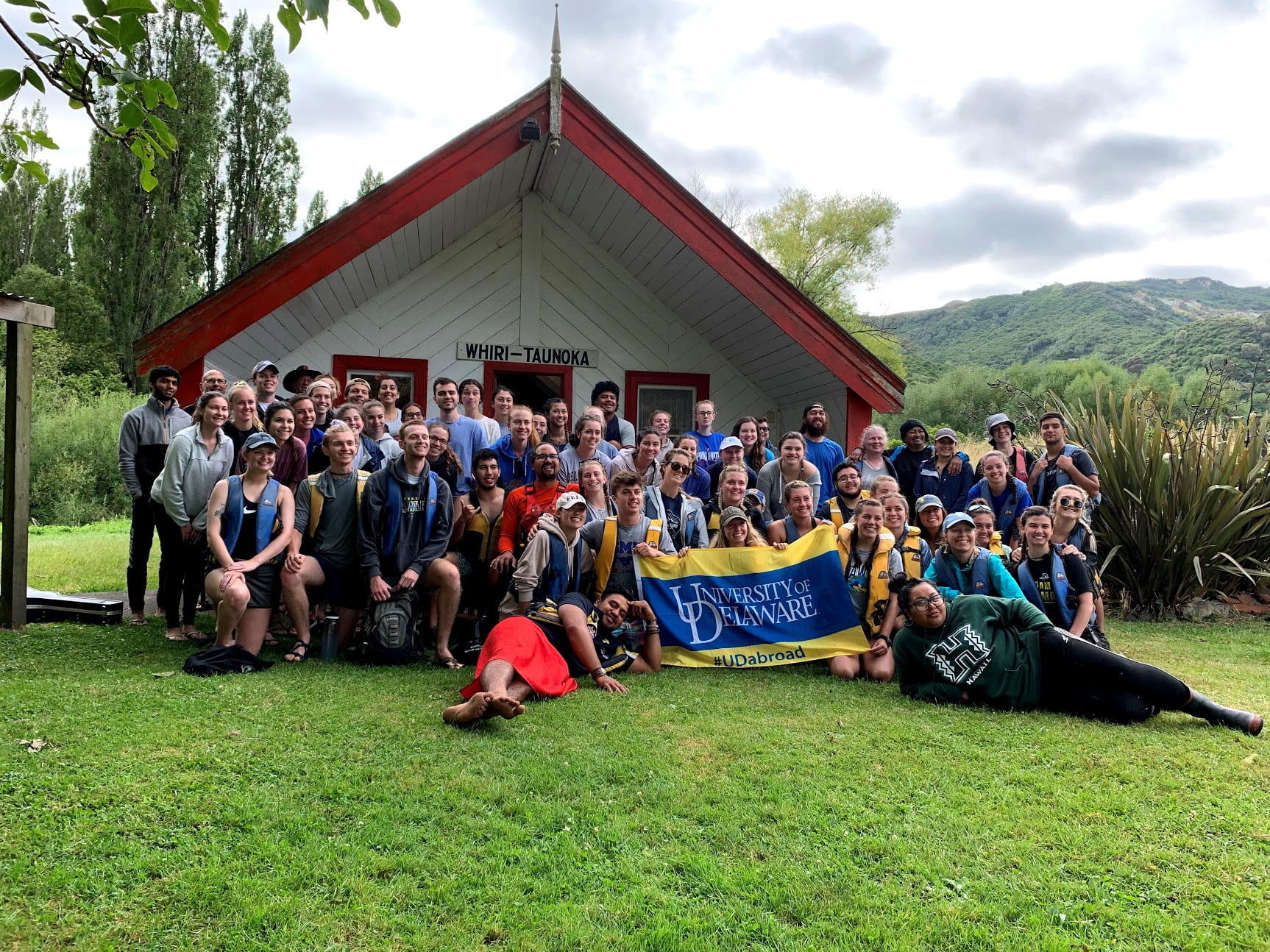
Submitted by Taylor Lynch on the 2023 summer program in New Zealand and Australia…
I can’t believe that my time on my study abroad trip is coming to an end. This has been an amazing trip, and I will definitely be leaving with lifelong memories as well as amazing friends. Going on a trip like this has been a truly unique experience, and I am very happy that I decided to go through with it and try something that was out of my comfort zone. The amazing people that I have met, as well as the new places and cultures that I was able to learn about and experience, made the long trip to Australia and New Zealand worth it.
During the last week in Brisbane we went to Moreton Island to snorkel along the ship ruins there. When we got off the ferry and walked onto the island, I couldn’t believe how beautiful it was. The water was so clear and blue, and the actual island itself was covered in trees, and lots of white sand. There is a line of about 15 ships that were purposefully sunk in the water that surrounds the island. We were able to snorkel around them to see the wrecks as well as the wildlife around them. When we got into the water, it was so crazy to see how many fish as well as coral were around the wreck. Looking around at all of the different types of fish around me was such a cool experience. It was also astonishing to see all of the different types of fish there and how they all got along and were able to co-exist. On the shipwrecks, there were also many different types of corals that were growing on them, and the wrecks also acted as shelter for the fish. It was amazing to see the huge ecosystem that was able to be created from these wrecks, and how a new community of sea life is able to flourish there.

After snorkeling we were able to learn more about the history of the wrecks that we just saw. I was surprised to find out that the ships were purposefully sunk in that area. The Queensland Government purposefully sank fifteen ships over the course of a few years in order to create a place for boats to safely stop and anchor on the island. This was really interesting to learn about and something that I have never heard of or knew was an option. I always thought prior to this experience that shipwrecks would be harmful to the ocean and its ecosystems. However, seeing how all of the animals living at the wrecks were able to flourish, and that these ships were purposely sunk, it is apparent that it was a beneficial decision for both the people as well as the ocean wildlife.
For our last excursion as a group, we went kayaking on the Brisbane River. I have never been kayaking before so I was really excited to try it out. I was also looking forward to being able to see the city of Brisbane from a different angle. It was really cool to be able to kayak in the river and the views of the city from where we were was really pretty. The current of the river was going towards us, so it was a little hard to paddle down the river. On the way back, however, it was really easy since we had the help of the current. This was a fun last activity to do as a group, and I really am going to miss being able to experience new things in these amazing cities.
Overall, I had a wonderful time in both New Zealand and Australia, and have learned so much during my time on this study abroad trip. Learning about the culture and native people of both New Zealand and Australia was definitely a highlight. I think it is very interesting to learn about the history of other countries and see how it differs from the US. It was also amazing to be able to experience a new culture and a way of living. This was a good reminder of how different people chose to live their lives, yet are still able to be connected to the world around them. This was definitely a great experience, and I would recommend it to anyone to study abroad if they are considering it.



























